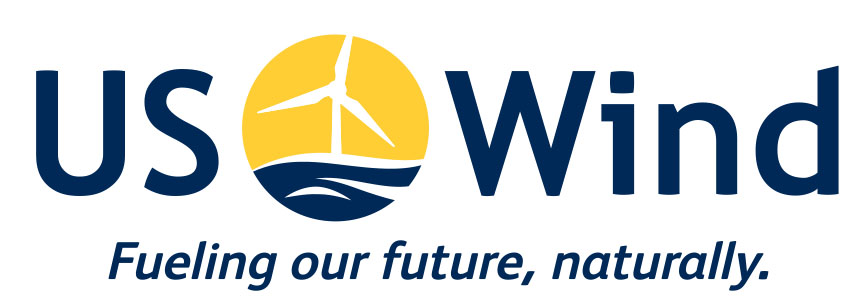East Coast states double down on clean energy targets
This year has been a momentous one for clean energy policies, with currently eight states (New York, Maine, New Jersey, Nevada, Washington, New Mexico, California, and Hawaii) as well as the District of Columbia and Puerto Rico pledging commitments to reach 100 percent clean energy over the next few decades with bipartisan public support: a poll showed 95 percent of Democratic and 71 percent of Republican voters were in favor of “policies requiring utilities to produce 100 percent of electricity from renewable or clean sources by 2050.” Moreover, about half of all respondents were “willing to pay more on their utility bills for it.”
East Coast states in particular have been rigorously pursuing new and further developments of energy capacity through legislation, regulation, and power purchase agreements (PPAs) in the critical movement geared ultimately towards decarbonization of the U.S. power sector.
A recent report from S&P Global Market Intelligence have shown that offshore wind industry experts expect the industry to “rapidly branch out from its European epicenter” to the United States. It cited “solicitations that were already underway on the U.S. East Coast and the ambitious renewables targets being implemented in more and more states mean the country is on the cusp of an offshore building boom.” This refers to the more than 19,300MW of offshore wind capacity through 2035 that the states along the East Coast are seeking.
East Coast state-level policies have been moving significantly towards this goal, Offshore WIND group reports. In July, Governor Andrew Cuomo of New York signed a bill that will require the state to get 9,000MW of electricity from offshore wind by 2035. In addition to Massachusetts’ offshore wind target of 1,600MW by 2027, Governor Charlie Baker’s administration is planning to double the previously set target. New Jersey Governor Phil Murphy signed an executive order that will support initiatives that will bring 3,500MW of offshore wind by 2030. Connecticut has issued a request for proposals (RFP) for up to 2,000MW of offshore wind power. Governor Gina Raimondo has set a 1,000MW clean energy target set in Rhode Island.
This year, Maryland General Assembly has passed the Clean Energy Jobs Act (CEJA), which will develop 1.2GW of additional offshore wind capacity off this US East Coast state by 2030, which will speed up the state’s Renewable Energy Portfolio Standard (RPS) to 50% during the same year. Virginia targets 2,000MW of capacity, while Maine increased its target to using 80% of its electricity from renewable energy sources by 2030 and 100% by 2050.
